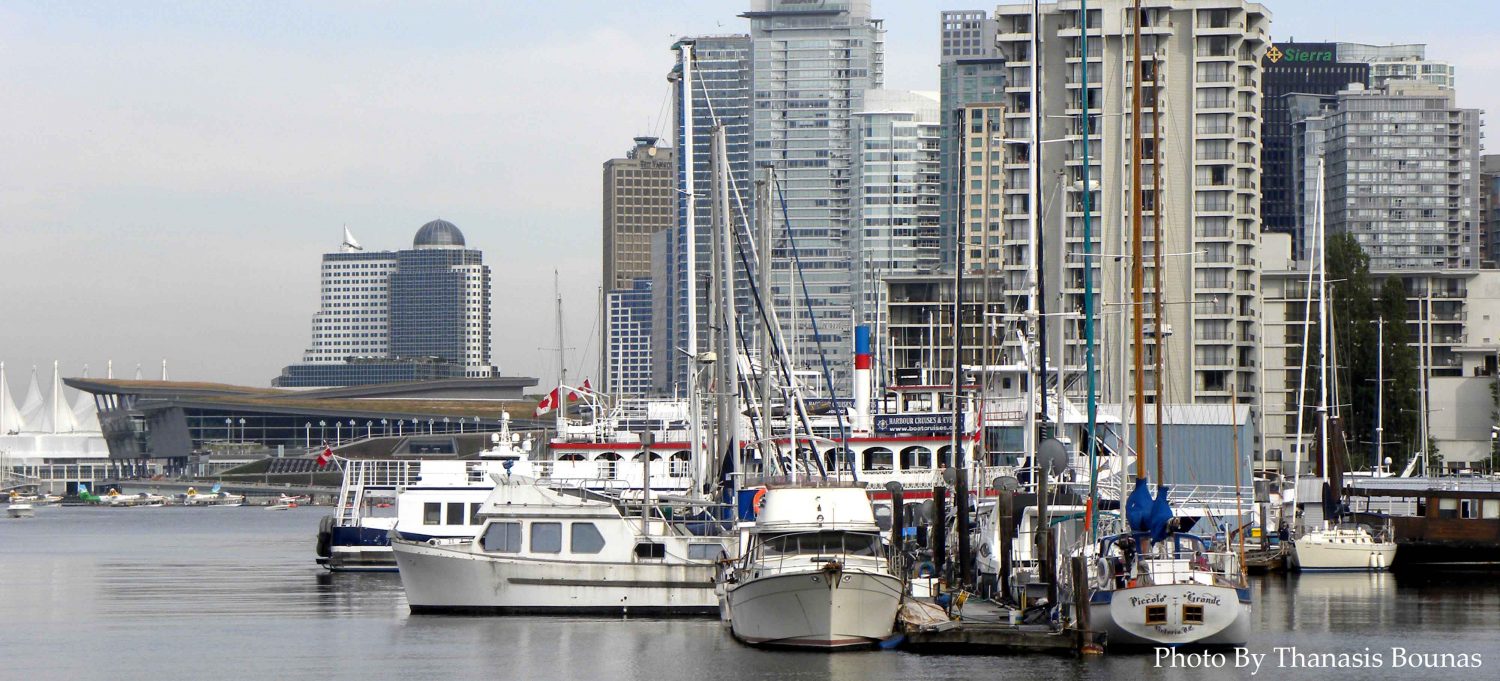
A Forest Older Than the City
Before it became one of the most famous urban parks in the world, Stanley Park in Vancouver, British Columbia, Canada, was home to thriving Indigenous communities for thousands of years.
The dense cedar forests, tidal flats, and salmon streams of the peninsula were not wilderness — they were homelands, shaped by generations of stewardship and knowledge.
The story of Stanley Park begins long before colonization, in an era when the land and the people were inseparable.

The Original Inhabitants
The area now known as Stanley Park is part of the unceded traditional territories of the Musqueam, Squamish, and Tsleil-Waututh Nations.
Each of these Nations maintained villages, fishing sites, and seasonal camps throughout the peninsula and the surrounding waters.
They lived sustainably from the rich ecosystems of Burrard Inlet, Coal Harbour, and English Bay — harvesting shellfish, salmon, berries, and cedar.
Their deep respect for the land ensured that every tree, tide, and animal was treated with gratitude and balance.

Villages and Ancestral Sites
Archaeological evidence and oral histories confirm that several Indigenous villages once stood within the boundaries of present-day Stanley Park.
Notable among them was Whoi Whoi (X̱wáýx̱way), located near what is now the Brockton Point area.
This large Coast Salish village featured longhouses built from cedar planks, housing extended families who shared resources and traditions.
Nearby, sacred sites, fishing weirs, and burial grounds connected the community to both the physical and spiritual landscape.

Culture, Ceremony, and the Land
Life on the peninsula followed the cycles of the seasons.
Families moved between coastal and inland camps, gathering food and materials as the environment allowed.
Cedar was used for homes, clothing, and canoes, while salmon runs brought abundance and ceremony.
Each activity — from carving to storytelling — was both practical and spiritual, reinforcing the unity between people and the natural world.

The Arrival of Colonization
The arrival of European settlers in the 19th century marked a period of upheaval for these Indigenous communities.
As the city of Vancouver grew, Indigenous people were displaced from their lands, including those living in Stanley Park.
In the late 1800s, government authorities forced the removal of families from X̱wáýx̱way, clearing the way for the creation of the park in 1888.
The loss of these ancestral homes was profound — a moment that still resonates deeply in the collective memory of the local Nations.

Memory and Rediscovery
For much of the 20th century, the Indigenous history of Stanley Park was largely overlooked in public narratives.
However, archaeological research and collaboration with First Nations have since brought these stories back to light.
Interpretive signage, educational programs, and traditional ceremonies now acknowledge that the park was never “empty land.”
It is a living place of history, where ancient footsteps still echo beneath the forest floor.

Reconnection and Reconciliation
Today, the Musqueam, Squamish, and Tsleil-Waututh Nations continue to share their histories and cultural knowledge within Stanley Park.
Partnerships with the Vancouver Park Board have led to projects that honor Indigenous languages, art, and environmental practices.
Totem poles at Brockton Point — though originally gathered from various Nations — now stand as powerful symbols of Indigenous presence and resilience.
The park has become both a place of remembrance and a space for renewed cultural expression.

In Reflection
The Pre-Colonial and Indigenous History of Stanley Park in Vancouver, British Columbia, Canada, is a story of endurance, wisdom, and belonging.
Long before the park’s trails and seawall, this was a land of villages, families, and sacred traditions.
Recognizing that history is not only about the past but about ongoing connection helps shape a more truthful understanding of Vancouver’s identity.
Stanley Park remains what it has always been — a meeting place of land, water, and people whose stories continue to grow like the trees that stand eternal within it.

Be the first to comment